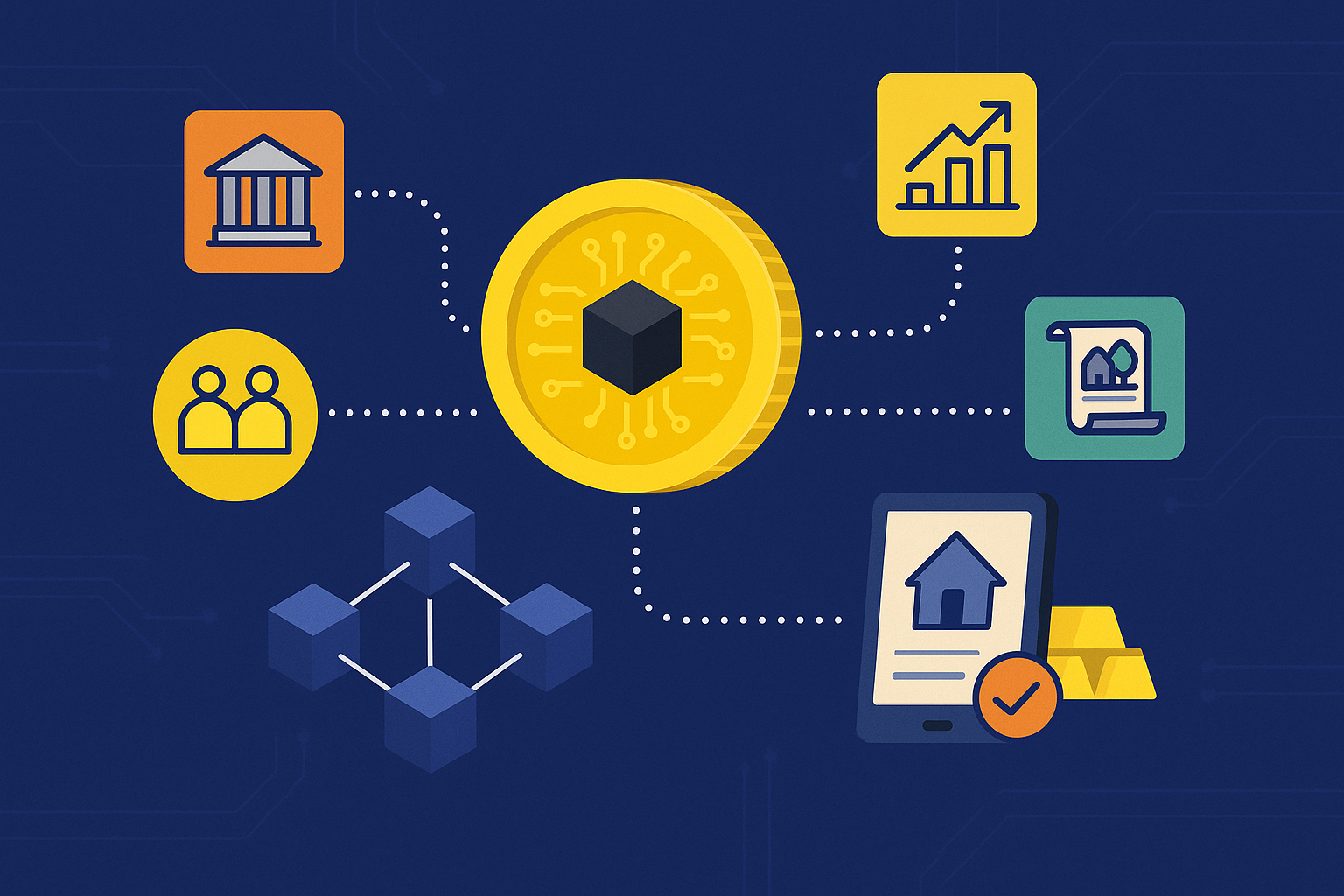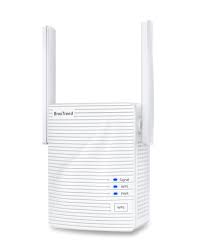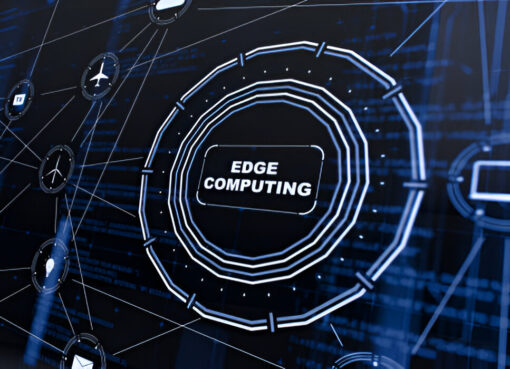How RWA Tokenization Is Creating Real-World Value on the Blockchain

Over the past decade, blockchain technology has evolved from a digital curiosity into a foundational innovation driving the next era of global finance. While cryptocurrencies and decentralized finance (DeFi) have captured much of the attention, the latest frontier in blockchain adoption is the tokenization of real-world assets (RWAs). From real estate and commodities to treasury bonds and fine art, RWA tokenization is transforming how assets are owned, traded, and managed—unlocking massive value by bringing tangible, off-chain assets into an on-chain ecosystem. This convergence of the physical and digital realms is not only reshaping financial markets but also democratizing access to previously illiquid or exclusive investments.
Understanding RWA Tokenization: A Primer
RWA tokenization refers to the process of creating blockchain-based tokens that represent ownership rights or claims to a real-world asset. These tokens are backed by verifiable and legally binding agreements and can represent a diverse range of assets, including physical goods like gold and real estate, financial instruments like government bonds, and even intellectual property rights.
The goal of RWA tokenization is to digitize the value of these assets, making them more accessible, divisible, and tradable on blockchain networks. Unlike purely speculative crypto tokens, RWA tokens are anchored in tangible value, giving them unique appeal to institutional investors, regulators, and risk-averse participants seeking exposure to real-world performance.
The Tokenization Workflow: How Physical Assets Go Digital
Tokenizing an RWA typically begins with asset selection and legal structuring. A real-world asset must be verified, appraised, and held in custody or under regulatory compliance frameworks. The ownership of the asset is then represented digitally on a blockchain through the issuance of tokens, often through a smart contract.
For example, tokenizing a real estate property would involve placing the property under a legal entity such as a special purpose vehicle (SPV), which then issues tokens on a blockchain representing fractional ownership. These tokens can be programmed with smart contract logic to manage distributions, voting rights, or compliance rules. Once issued, they can be listed on decentralized or regulated exchanges, enabling global access and secondary trading.
Unlocking Liquidity from Traditionally Illiquid Assets
One of the most significant value propositions of RWA tokenization is the ability to unlock liquidity from assets that are otherwise difficult or slow to sell. Real estate, fine art, private equity shares, and infrastructure investments often involve high entry costs and long holding periods. Tokenizing these assets enables fractional ownership, allowing investors to buy or sell smaller portions of the asset on digital marketplaces.
This fractionalization not only improves liquidity but also opens up new sources of capital. Retail investors who were previously excluded from high-barrier markets can now participate, while asset owners gain quicker access to funding by tokenizing and offering portions of their assets to a broader audience.
Programmable Finance: Making Real-World Assets Smarter
Beyond mere representation, tokenization allows real-world assets to be programmed for advanced financial interactions. Smart contracts can automate interest payments, dividends, royalties, or loan repayments based on real-world triggers and predefined rules. This turns static assets into dynamic financial instruments.
Take tokenized real estate as an example. Smart contracts can automatically distribute rental income to token holders, calculate property management fees, or enforce lock-up periods for early investors. These programmable features improve transparency, reduce administrative overhead, and ensure trustless execution, which are key drivers of adoption across financial markets.
Regulatory Clarity and Institutional Adoption
The success of RWA tokenization hinges on robust legal frameworks and regulatory acceptance. Unlike unregulated crypto assets, RWA tokens typically fall under securities or commodities regulations, depending on the jurisdiction and asset type. To ensure compliance, projects must work closely with legal advisors and regulators to structure token offerings in a way that aligns with local laws.
Fortunately, regulators in key jurisdictions such as the United States, European Union, Singapore, and the UAE are beginning to provide clearer guidance on tokenized securities and digital assets. Initiatives like the EU’s MiCA (Markets in Crypto-Assets Regulation), the UK’s Digital Securities Sandbox, and the SEC’s evolving stance on blockchain-based securities are paving the way for institutional investors to enter the RWA token space confidently.
As legal clarity improves, major financial institutions, asset managers, and banks are increasingly exploring tokenization to improve settlement speeds, reduce costs, and offer more innovative financial products to clients.
Real-World Examples: RWA Tokenization in Action
Several high-profile RWA tokenization initiatives have already demonstrated the viability and benefits of this emerging trend. BlackRock’s tokenized money market fund on the Ethereum blockchain, Franklin Templeton’s blockchain-based U.S. Treasury fund, and JPMorgan’s Onyx platform for tokenized asset settlement are key examples of traditional giants entering the space.
Startups are also driving innovation. Platforms like Centrifuge are tokenizing invoices and trade finance assets, while companies like RealT offer fractionalized ownership of U.S. rental properties to global investors using Ethereum and Gnosis Chain. These projects showcase the diversity of RWA applications and validate the market potential for both institutional and retail participants.
RWA Tokens and the DeFi Ecosystem
RWA tokenization also brings tangible assets into the DeFi ecosystem, where they can serve as collateral for lending, borrowing, or yield generation. By integrating off-chain assets into on-chain protocols, DeFi platforms can offer more stable and sustainable financial products, mitigating volatility and speculative risks.
Protocols like MakerDAO have already begun incorporating tokenized RWAs such as real estate and treasury bills into their collateral portfolios to back DAI, a decentralized stablecoin. This blend of real-world value with decentralized infrastructure helps DeFi scale responsibly and attract more mainstream users.
Moreover, RWA tokens introduce new opportunities for yield farming, staking, and structured products that are backed by revenue-generating physical assets, creating a more grounded DeFi experience.
Tokenization Is Not Just for Finance: Expanding Across Industries
While finance is the most immediate beneficiary of tokenized RWAs, the implications stretch far beyond capital markets. In the energy sector, renewable energy credits and carbon offsets are being tokenized to improve transparency and tradeability. In agriculture, tokenization is being used to represent crop futures and warehouse receipts. In logistics and supply chains, tokenized invoices and bills of lading are simplifying trade finance and reducing fraud.
These examples reveal how RWA tokenization can streamline operations, ensure compliance, and improve data integrity across verticals. By turning real-world value into liquid, interoperable, and programmable digital units, blockchain technology can modernize legacy industries and create more efficient systems.
Overcoming Barriers to Adoption
Despite its potential, RWA tokenization still faces challenges that must be addressed to achieve widespread adoption. Legal standardization, interoperability across blockchains, oracle reliability, and user experience design are all critical components that need further refinement.
Custody solutions must be robust and secure to ensure that the underlying real-world asset is properly linked to the digital token. Trust in token issuers and custodians remains a key concern, especially when high-value assets are involved.
Interoperability between permissioned and public blockchains also needs to improve. Many institutional RWA projects are being built on private or consortium blockchains, which may limit liquidity and composability. Bridging these networks with public DeFi ecosystems will be necessary for creating a unified global tokenized asset market.
Moreover, user interfaces must abstract complexity and offer seamless onboarding experiences, especially for traditional investors unfamiliar with Web3. Platforms that simplify compliance, custody, and portfolio management will lead the charge in RWA token adoption.
The Road Ahead: A Multi-Trillion-Dollar Opportunity
Industry analysts and consulting firms such as Boston Consulting Group and Citi have predicted that the RWA tokenization market could reach between $5 to $16 trillion in value by 2030. This optimistic outlook is based on the efficiency gains, cost savings, and new capital formation that tokenization can deliver across multiple asset classes.
As blockchain infrastructure matures and regulatory alignment continues, RWA tokenization is poised to become one of the most transformative trends in global finance. Governments, enterprises, startups, and investors all have a role to play in shaping this new paradigm where value flows seamlessly between the physical and digital realms.
Conclusion: Realizing the True Potential of Blockchain
RWA tokenization is more than just a buzzword—it’s a powerful application of blockchain that brings real economic value onto decentralized networks. By digitizing tangible assets and making them accessible, programmable, and liquid, tokenization fulfills one of the core promises of blockchain: the democratization of finance and the removal of unnecessary friction.
In the coming years, we will likely see an explosion of tokenized assets ranging from real estate and commodities to luxury collectibles and sovereign debt. As this ecosystem matures, businesses offering tokenization solutions and infrastructure will be at the forefront of a trillion-dollar transformation.
For investors, developers, and institutions, the time to explore RWA tokenization is now. The barriers to entry are falling, and the tools to tokenize and trade real-world assets securely and compliantly are rapidly evolving. Those who embrace this innovation early will not only gain a competitive edge but also help shape the financial infrastructure of the future.







Leave a Comment